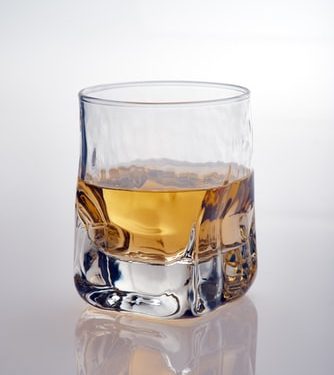The choice of the spelling, ‘whisky’ is obvious.
The Scots spell it whisky and the Irish spell whiskey, with an extra ‘e.’ Both countries lay claim to the original recipe birthing the whiskey, which literal meaning is the ‘water of life’. However, my loyalty is with the Scots, without the ‘e’ and the reasons are personal. My Master’s degree (Petroleum Taxation & Finance) was from the Scottish Highlands, University of Dundee and beyond the academic conquest, a sophisticated palate for whisky also returned with me.
Whiskeys are living things. They have a personality and a character.
They take their character from the cask, which must be aged a minimum of three years and are usually in two distinctive blends. Either a single malt or blended scotch. Single malt whiskeys are made from malted barley in pot stills at a single distillery, while the blended scotch is made by combining several single malts with wheat and/or corn whiskeys in column stills.
Discovering the personality of a whisky lies in the delicate and savoury art of tasting. The tasting process is broken down into three basic parts: appearance, nose, and taste & finish; or as a devotee would describe the process; Swirling! Nosing!! Tasting!!! The first step is the swirling to establish the colour and appearance of the whisky. Pour in a measure of whisky, about 10ml of scotch. Tilt your glass, hold it up to the light and examine the colour. The faster the legs roll down, the lighter the body of the whisky, the slower, the more full-bodied the whisky.
While older whiskeys have a darker colour, the younger ones show a lighter colour. When first distilled, whisky is a clear liquid. It obtains all of its colour from the cask in which it is aged. Malts aged in bourbon casks usually have a lighter, more golden colour, while those aged in sherry casks are generally a bit darker and amber coloured. The second step is the nosing, to unlock the aromas buried in the belly of the whisky. Swirl the whisky in the glass and take a sniff. A whisky is tasted primarily with the nose. The aroma indicates the character and strength of the whisky.
It may be undiluted, to give you the baseline flavour or diluted with water to release the aromas and reduce the alcohol ‘bite’ that could easily overwhelm a developing palate. It is preferable to use bottled spring water and NEVER use carbonated water (coke or any kind of soda). It destroys the taste. Different whiskeys will take different levels of dilution. Older whiskeys (15 years old or more) tend to require less water while younger (10 years old), and very peaty whiskeys (Laphroaig, Ardberg and Lagavulin, for example) can stand up to more water.
The final step is the taste and finish. Take a large sip and then roll it over your tongue for the texture of the whisky. Carefully breathe out through your nose and you can identify the tastes. The water of life. It may be smooth, light, oily, thick, astringent or dry. To finish, accompany your whisky with chocolate chip cookies — you won’t regret it.
Having a whisky is meant to be done with the sobriety of a holy tradition and following the steps immerses you into the multi-sensory world of whisky. As the celebrated novelist, Mark Twain says, “Too much of anything is bad, but too much of good whisky is barely enough.”


